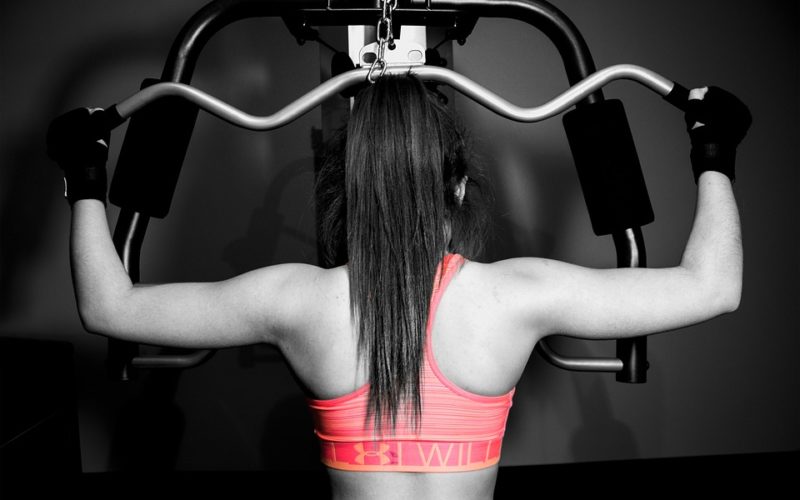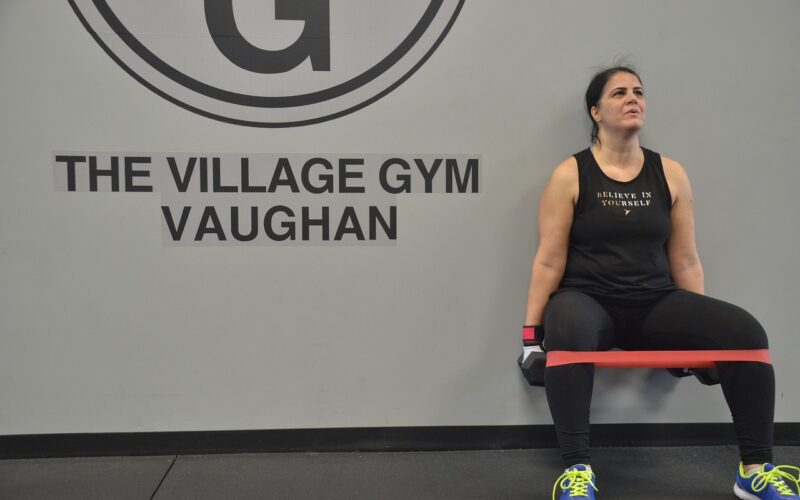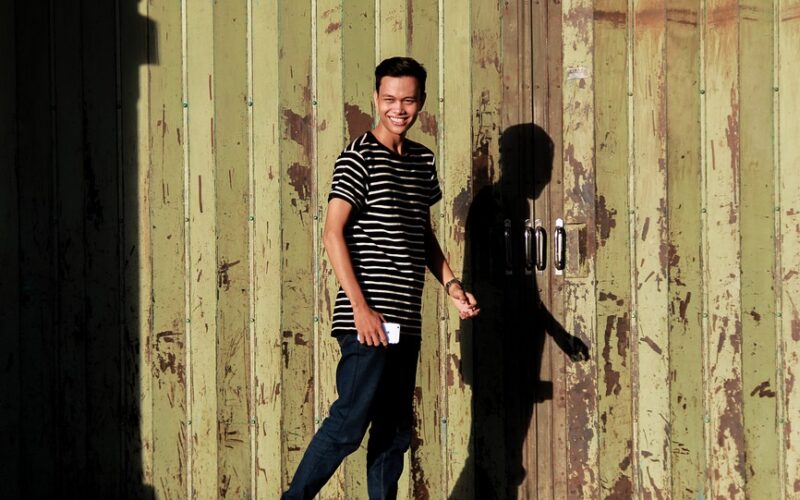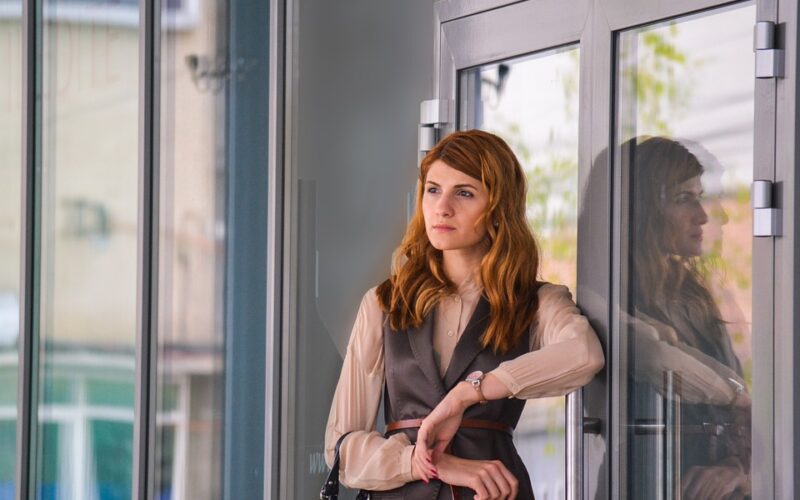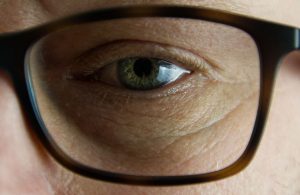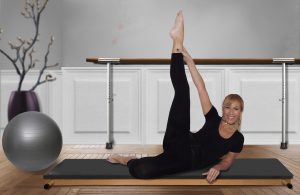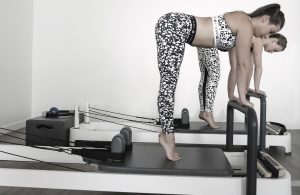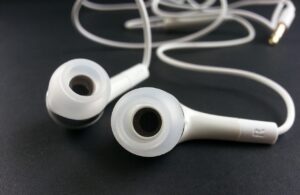It can be a difficult moment when you realise your hearing isn't what it used to be. For many, the logical next step is to seek a hearing test and explore solutions like hearing aids. Yet, a significant number of people delay this decision, sometimes for years. While there are various reasons for this hesitation, one of the most common is the concern over appearance. The stigma associated with traditional, bulky hearing aids can make people feel self-conscious, worried that wearing a device will make them look older or less capable. This perception, however, is increasingly outdated, as modern technology has revolutionised hearing aid design.
The visual barrier to better hearing
For decades, hearing aids were often noticeable devices. This created a powerful association in our collective minds between hearing aids and age or disability. The fear of being judged or treated differently because of a visible hearing aid is a real concern that prevents many from addressing their hearing loss. This delay isn't just a matter of vanity; it can have significant consequences. Untreated hearing loss can lead to social isolation, as conversations become harder to follow, and can even contribute to cognitive decline. The decision to postpone treatment due to aesthetic worries is therefore a serious health issue.
Understanding the impact of untreated hearing loss
When you put off dealing with hearing loss, you are missing out on more than just sounds. The brain's auditory pathways need consistent stimulation to stay sharp. When these pathways are underused because of hearing loss, they can weaken over time. This can make it harder for the brain to process sounds even after a hearing aid is eventually adopted. Furthermore, the constant effort of straining to hear can be mentally exhausting, leading to fatigue and a reduced desire to participate in social activities. Addressing hearing loss promptly is crucial for maintaining your overall quality of life and cognitive health.
Technology has changed the game for hearing aids
Fortunately, the hearing aids of today bear little resemblance to the cumbersome models of the past. Advances in digital technology and miniaturisation have led to the creation of devices that are not only powerful but also incredibly discreet. Manufacturers understand the importance of aesthetics and have invested heavily in designing products that fit seamlessly into a person's life without drawing unwanted attention. This shift means that the old stereotypes about hearing aids are no longer relevant, opening the door for more people to embrace the help they need for their hearing loss.
Invisible options for modern users
The most remarkable development in hearing aid technology is the rise of "invisible" models. These devices are custom-made to fit deep inside your ear canal, making them completely hidden from view. One popular style is the Invisible-in-the-Canal (IIC) hearing aid. It's placed so far into the ear that no part of it is visible externally. Another discreet option is the Completely-in-the-Canal (CIC) device, which is only slightly more visible, with just a tiny removal handle showing. These options provide excellent sound quality without compromising on appearance, offering a perfect solution for those concerned about stigma.
Discreet designs that don't sacrifice power
For those with more significant hearing loss who may require a more powerful device, there are still plenty of subtle options available. Receiver-in-the-Canal (RIC) and Behind-the-Ear (BTE) models have become much smaller and more stylish. The main body of the device sits hidden behind the ear, with only a thin, almost invisible tube or wire running into the ear canal. These are often available in a range of colours to match hair or skin tone, allowing them to blend in effortlessly.
Ultimately, the decision to address hearing loss is a personal one, but it should be based on health and well-being, not on outdated fears about appearance. The technology available today ensures that you can find an effective solution that makes you feel confident, not self-conscious. By exploring these modern, discreet options, you can take control of your hearing loss and reconnect with the world of sound without anyone else needing to know.

